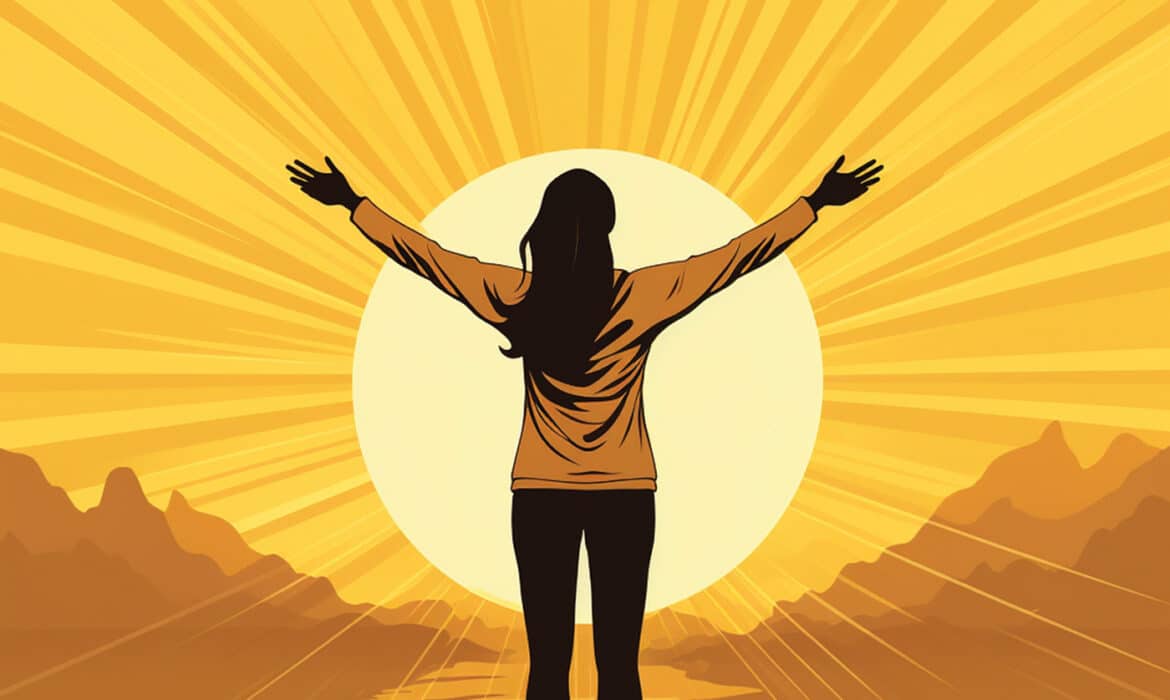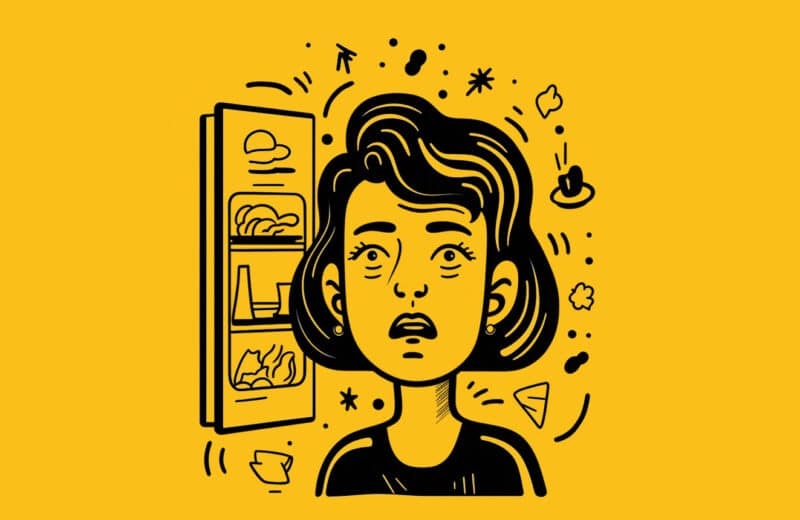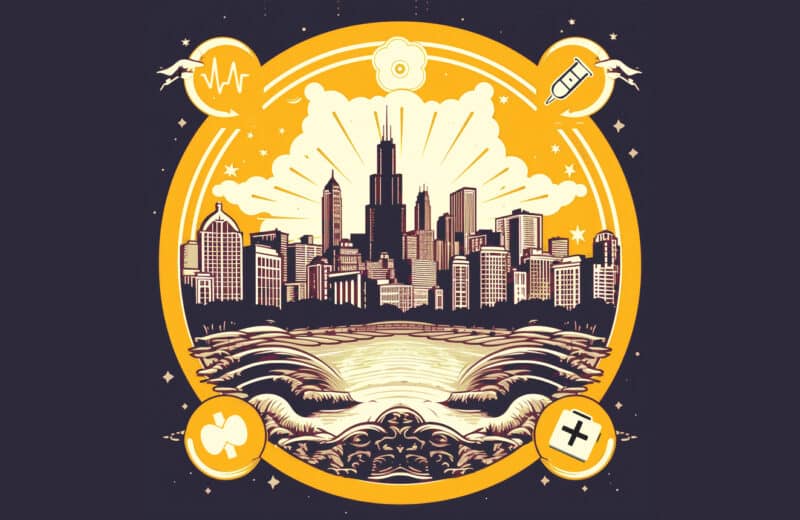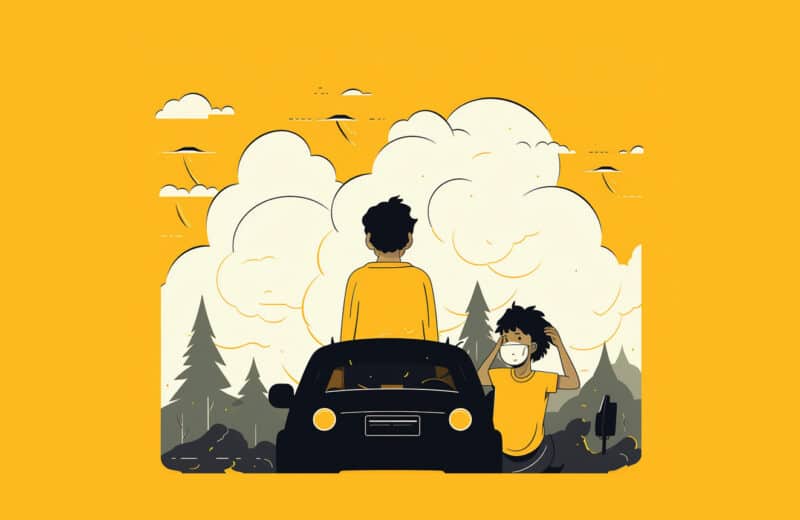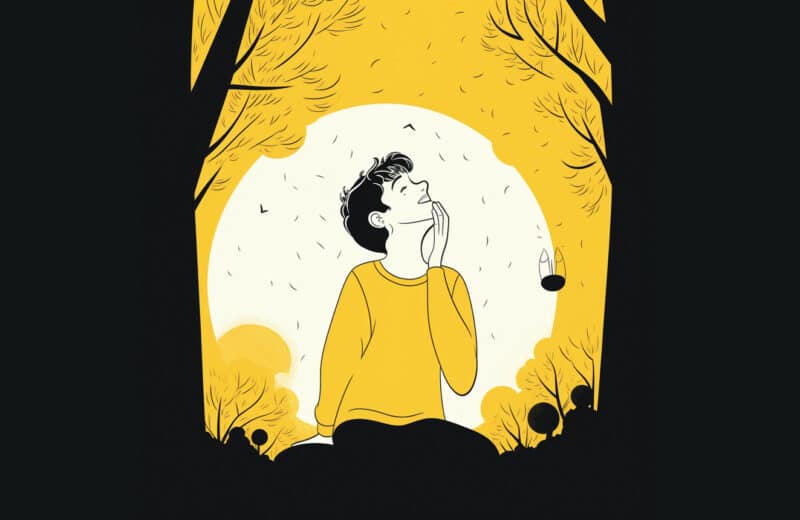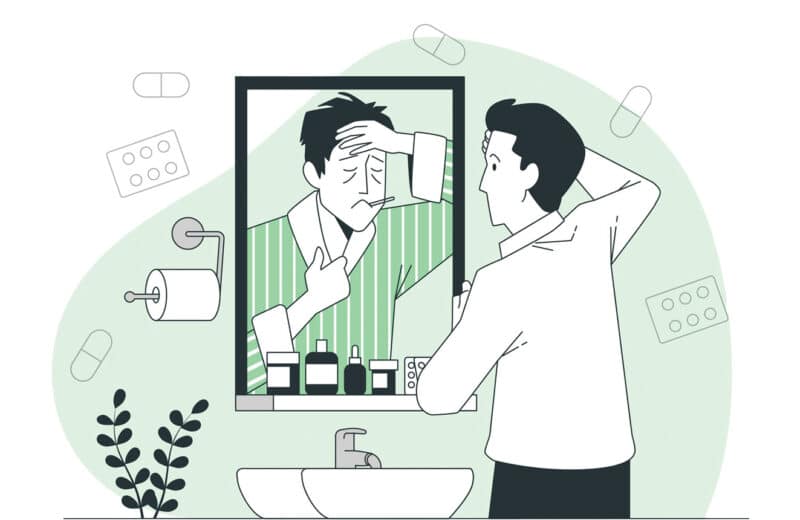
Fact checked by Derick Wilder
Awe is awesome and can be inspired by both good and bad. Good: the Cubs winning the World Series (super awesome!). Bad: 9/11. In both instances, men, women, the young, and the elderly felt an extraordinary connection that, for the Cubs winning, carried us in celebration, and for the latter, united us in shock, grief, and disbelief.
If you’ve witnessed a beautiful sunrise or sunset, the aurora borealis, the birth of a child or animal, an act of kindness, or if you’ve been deeply moved by a performance or poem, you’ve very likely experienced everyday awe. Did awe make you want to retreat into yourself or share your experience with another? Did you want to snuggle into someone, the universe, or your own being, or did you want to separate and burrow?
Awe often prompts social connection. It inspires us to feel part of something larger than our self and is a “powerful antidote to the isolation and loneliness that is epidemic today,” writes Dacher Keltner, PhD, professor of psychology at the University of California, Berkeley in his book AWE, The New Science of Everyday Wonder and How It Can Transform Your Life.
In “Our Epidemic of Loneliness and Isolation Report, 2023,” U.S. Surgeon General Vivek Murthy, MD, warns Americans about the impact of loneliness and social isolation, including higher risks of cardiovascular disease, dementia, stroke, depression, anxiety, and premature death. In terms of health risks, Murthy says that social disconnection is on par with smoking as many as 15 cigarettes a day, and carries greater risks than the impact of obesity and physical inactivity.
“With more than one in five adults and more than one in three young adults living with a mental illness in the U.S., addressing loneliness and isolation is critical in order to fully address the mental health crisis in America,” Murthy writes.
Licensed clinical psychologist Amy Anson, PhD, who has a private practice on Chicago’s North Shore, observes that young people are exhibiting symptoms of lack of interpersonal exposure: isolation, anxiety, and depression. Because younger generations have grown up with technology, they don’t appreciate its contribution to these mental health problems.
The other problem that Anson observes is that virtual work diminishes opportunities to interact and develop relationships. “The isolation and the lack of opportunity to provide everyday conversation in the world of work — where we get to know people and what they are experiencing — skews our perspective of what life is supposed to be and entail. Working online limits our ability to create real relationships,” she says. “It further exacerbates and accelerates a kind of narcissism (not the pathological kind) in terms of not being able to think of ourselves in context.”
A solution? Spend more time amongst others by getting back to the workplace (at least a couple, or even several, days a week) and other public venues. Attend in-person entertainment, like concerts, comedy shows, and plays. Host dinners, game nights, and parties, large or small. Of course, if you are concerned about getting sick, wear a mask. I do.
As you embark on these journeys, talk to one another. Observe and learn about one another. Be curious. Notice.
Awe is everywhere, every day, in nature and interactions between humans. Moral beauty — expressions of humanity such as kindness, courage, generosity, truth, and strength — is a rich source of awe. Worship services, 12-step programs, group travel, entertainment, and sports are wellsprings for collective effervescence.
So leave your home. Venture into the world. We cannot only be witnesses to awe, but the cause of it.
Assist yourself and humanity by inspiring and experiencing awe.

